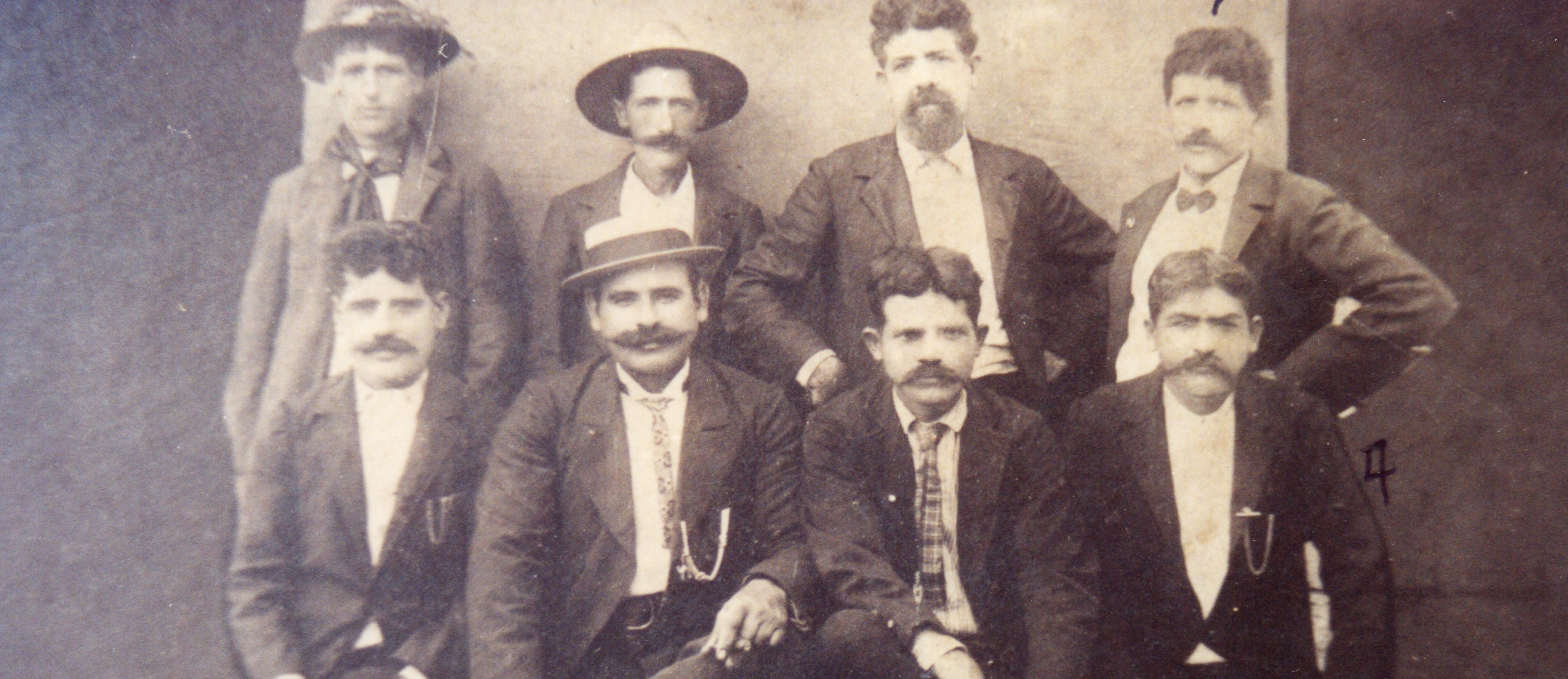If your ancestor did not become an U.S. citizen and was still alive in 1940, you may find alien registration a useful alternative to the naturalization records. Alien registration was simply a requirement for any alien living in or arriving in the United States after June 1940. Many of those who registered subsequently naturalized.
The Alien Registration Act of 1940
The Alien Registration Act of 1940 (or the Smith Act) required all non-citizens 14 years or older to register at their local Post Office or INS Office (Immigration and Naturalization Service) beginning in June 1940. There were severe penalties for non-compliance. In the first year of the program, the INS registered many millions of resident aliens, many of whom had immigrated as early as the 1880’s. In some cases, this may be the only record the INS has of that individual. At the same time, beginning June 1940, all immigrants arriving in the US had to perform Alien Registration when they applied to immigrate. This still continues today.
Alien Registration records for registrations from 1940-1944 were microfilmed by the INS for internal use only. INS FOIA (Freedom of Information Act office) makes “prints” from this microfilm in response to requests, and they call the copies “AR (Alien Registration) prints.” They are also referred to as AR records (not to be confused with AR cards). Beginning in 1944, all Alien Registration records were to be filed in the immigrant’s A-File. Thus one can get an Alien Registration record for an immigrant who came after 1944, but it probably won’t be an “AR print” from the microfilm. These AR records have quite a bit of information, just like a Declaration of Intent for U.S. citizenship. It also lists membership in fraternal societies and even contains a finger print!
The items found on a Alien Registration form are:
1a) full name, 1b) entered the U.S. under which name, 1c) other names (maiden, etc.)
2a) address, 2b) post office address
3a) date of birth, 3b) born at city, province, country
4) citizen of subject of which country
5a) male/female, 5b) marital status, 5c) race
6) height, weight, hair and eyes
7a) port of entry to U.S. and date, 7b) name of vessel, 7c) passenger, crew member, stowaway, other, 7d) permanent resident, visitor, student, treaty merchant, seaman, official or employee of a foreign government, other, 7e) arrived in the U.S. on date
8a) lived in U.S. how many years, 8b) will live in the U.S. for how long
9a) usual occupation, 9b) present occupation, 9c) employer, address and business
10) memberships or activities in clubs, organizations, or societies
11) military in country, branch, dates
12) applied for citizenship papers or not, dates for 1st and 2nd papers
13) parents, spouse, children in the U.S.
14) arrests
15) involvement in political activities, public relations, or public policy of a foreign government.
Then there is an affidavit with a right index finger print and signature of registrant.
Where To Get These Records
For those aliens who registered from 1940-1944, their AR records were sent to the INS in Washington, DC, and are on microfilm there. Some records may be found in the INS’ district offices, but since the INS is a large bureaucracy, it is beyond the scope of this article to explain every possibility. It is recommended that you send your request to the Washington address, because they are more familiar with genealogists’ needs and are better able to locate genealogically useful information.
To get this information, make your request on the INS’ G-639 FOIA form (available from the INS or possibly your local FHC). Ask for the Alien Registration as well as any other record related to your ancestor. Of course, the most helpful piece of information to the INS is your ancestor’s alien registration number. Make sure you fill it in if you have it. Due to the commonality of Portuguese names, it sometimes becomes difficult to distinguish one immigrant from another. If you have checked the city directories and have your ancestors’ address for 1940, it may be of help.
Mail the FOIA form to: INS, FOIA Officer, 425 I (as in “I see you.”) Street, NW, Washington, DC 20536. Include your ancestor’s death certificate if he/she was born less than 100 years ago. Make sure you ask for a MANUAL search. In 2-3 weeks on average, you should receive your receipt and INS FOIA case tracking number. It may be several months before receiving a response to your request (They have as many as 3,000-4,000 cases pending at a time).
© 2003-2021 Cheri Mello
——-
About the Authors:
Cheri Mello has extensive experience researching and teaching Portuguese genealogy. She currently moderates the Azores Google Group. Marian Smith is an employee with the D.C. INS.






